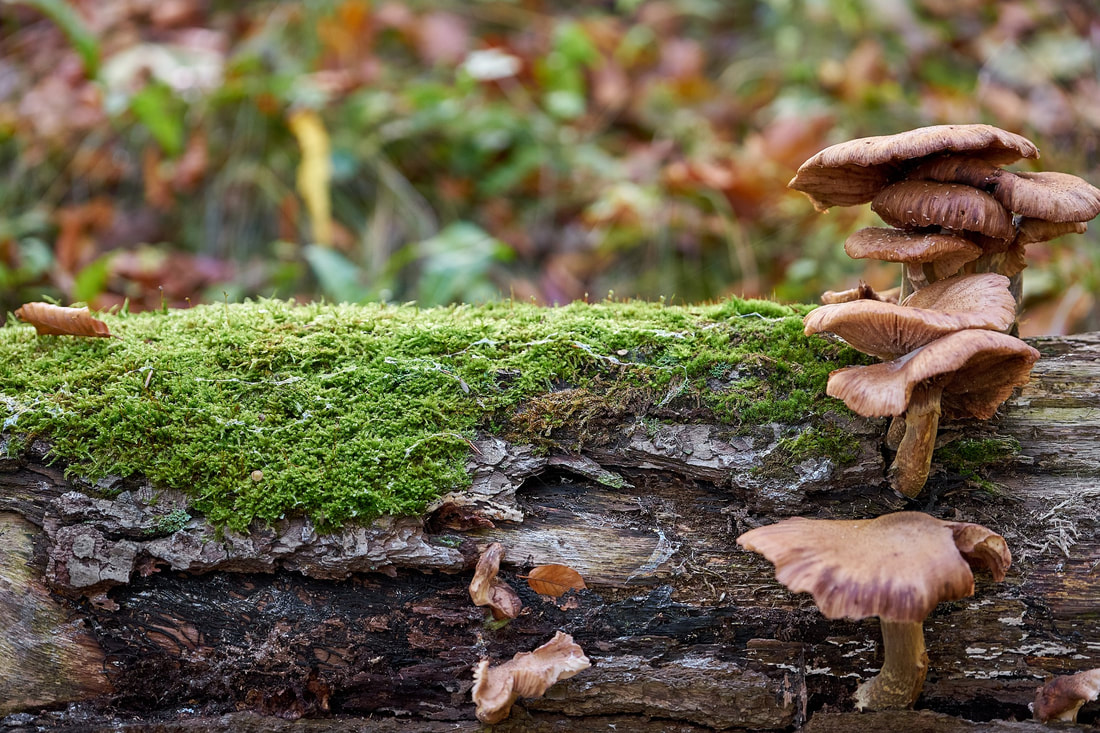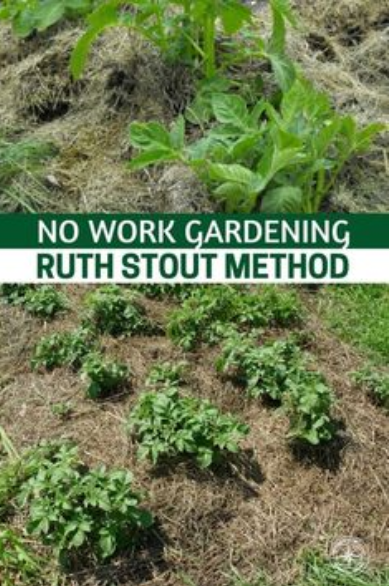|
Wouldn’t you like to know that you have unseen helpers? Wouldn’t you like to wake up to see that what you thought is working against you is actually working for you in ways you couldn’t imagine? Well, I do believe this is true to humans, Nevertheless, in this post I will show you that this is true for plants. Therefore, I will dedicate this blog post to the underworld. The areas you don’t want to think about.
In a perfect world, all living things contribute to each other’s existence. Living things thrive because they are together, although they are different. They form communities that work together for the benefit of all. This is true for us, and it is so in the garden. Those things that are in the dark, damp, seemingly undesirable places of our world are also beneficial and contributing to us. The leaves of a tree become healthy, vibrant green because of those dark places underground and the shadowy, slimy creatures that live within it. Just like humans and animals need bacteria in their gut in order to process their food properly so as not to become sick, so do plants. They need the micro and macro organisms in the soil to process the organic matter, namely, eat and discharge, grow, die and disintegrate in the soil and thus turn the organic matter into available nutrients that can be easily used by the plants in our gardens. No micro organisms, no bacteria, no fungi, no nematodes and no single-celled protozoa mean no food for plants and no protection to root systems from harmful infestations. Healthy populations of bacteria and microorganisms loosen the soil and creates air pockets for water and roots to move throughout. Their sticky secretions bind tiny soil particles into large aggregates thus increasing soil porosity, meaning the spaces in between soil particles. In order to make these little animals work you must allow them the environment that is most beneficial to them: a dark, damp but not soaked, natural environment, clean of chemicals and filled with living and dying roots for them to feed on and colonize around. These crucial living things in the underground transport nutrients to the roots from areas way beyond their reach. Fungi are especially great at doing this. The underground filaments of mushrooms, called mycelium started receiving the attention of scientists in 1998. From then on, through genetic testing, discoveries were made of the ginormous sizes of fungi. Tests that were done at the University of Toronto and US Forestry Service as well as at Washington State Department of Natural Resources, revealed that individual mushrooms can cover hundreds and even thousands of acres underground! In fact, they are by far the largest living individuals on earth. They connect many tree and herbaceous plant root systems together and they transport chemical messages that awaken the plants immunity, when needed, to diseases and insects as well as enlarge their nutrition and water resources exponentially. To keep the environment cool and damp it must be covered. Uncovered soil bakes in the sun, is dried by the wind. It becomes hard as rock, holds no nutrients, no oxygen and no moisture. Roots in that environment cannot function, leading to failure of the entire plant. Weeds on the other hand can survive. They will develop many seeds, fast. They may be pioneer species that are trying to remediate the soil. So, what can you do?
Be gracious to your soil and cover it with a fluffy layer of diverse organic stuff and it will take care of the plants for you in ways that you cannot. We live in a time where we see how devastating our impact on nature can be. Now is the time to give attention to nature, to how nature works. How soil and all that is in it interact and how this affects human wellbeing and health. Let us explore this together and bring the best of nature home. Yours, Sharona
0 Comments
Leave a Reply. |
Sharona GorenAvid gardener. Experimenter. Striver. Nature lover. Seeker. Archives
December 2022
Categories |
Site powered by Weebly. Managed by Netfirms







 RSS Feed
RSS Feed